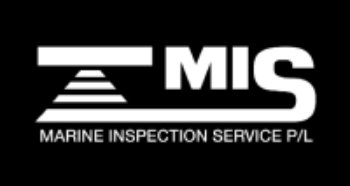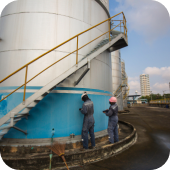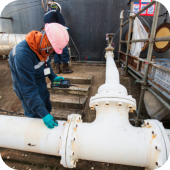

Marine Inspection Service Pty Ltd.
MIS is extensively and rapidly accepted in the industry as a reliable testing and inspection services provider because several customers recommend other companies to utilize MIS services.
Overview
With the help of industry support and the collective efforts of technical specialists, Marine Inspection Service Pty Ltd was established in Perth, Western Australia in 1993.
The founders of MIS Mr Paul Greenwood and Mr Kevin Randall confirm that MIS is established solely to assist various industries by understanding their requirements and to provide effective and quality services.
MIS is extensively and rapidly accepted in the industry as a reliable testing and inspection services provider because several customers recommend other companies to utilize MIS services.
MIS is currently operating from one site in Western Australia, and our team is comprised of a mix of experienced and young professionals.
MIS provides comprehensive testing services in the fields of but not limited to non-destructive testing (NDT), Mechanical testing, Positive Material Identification and NDT Level 3 Consultation.
MIS aims to provide an efficient testing service by experienced personnel and follow up with prompt reports. This combines to give our clients the best possible testing service.
Products
Services
Ads













